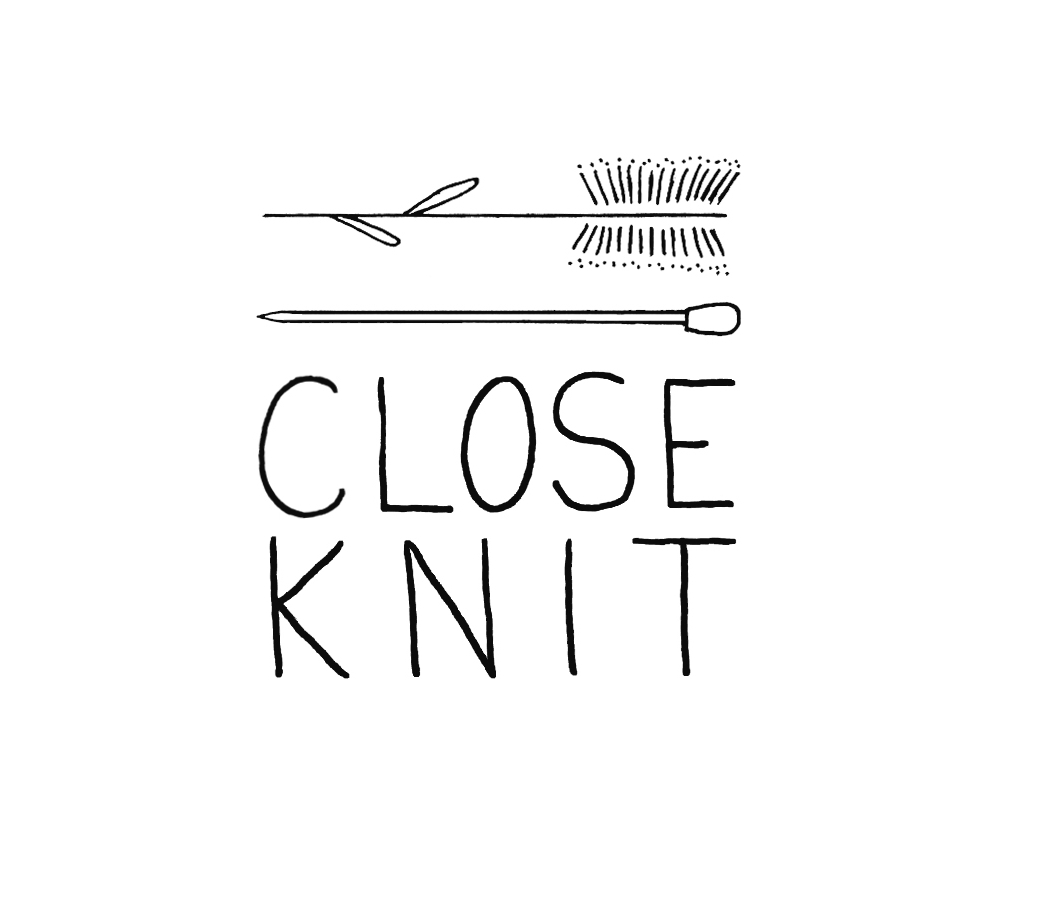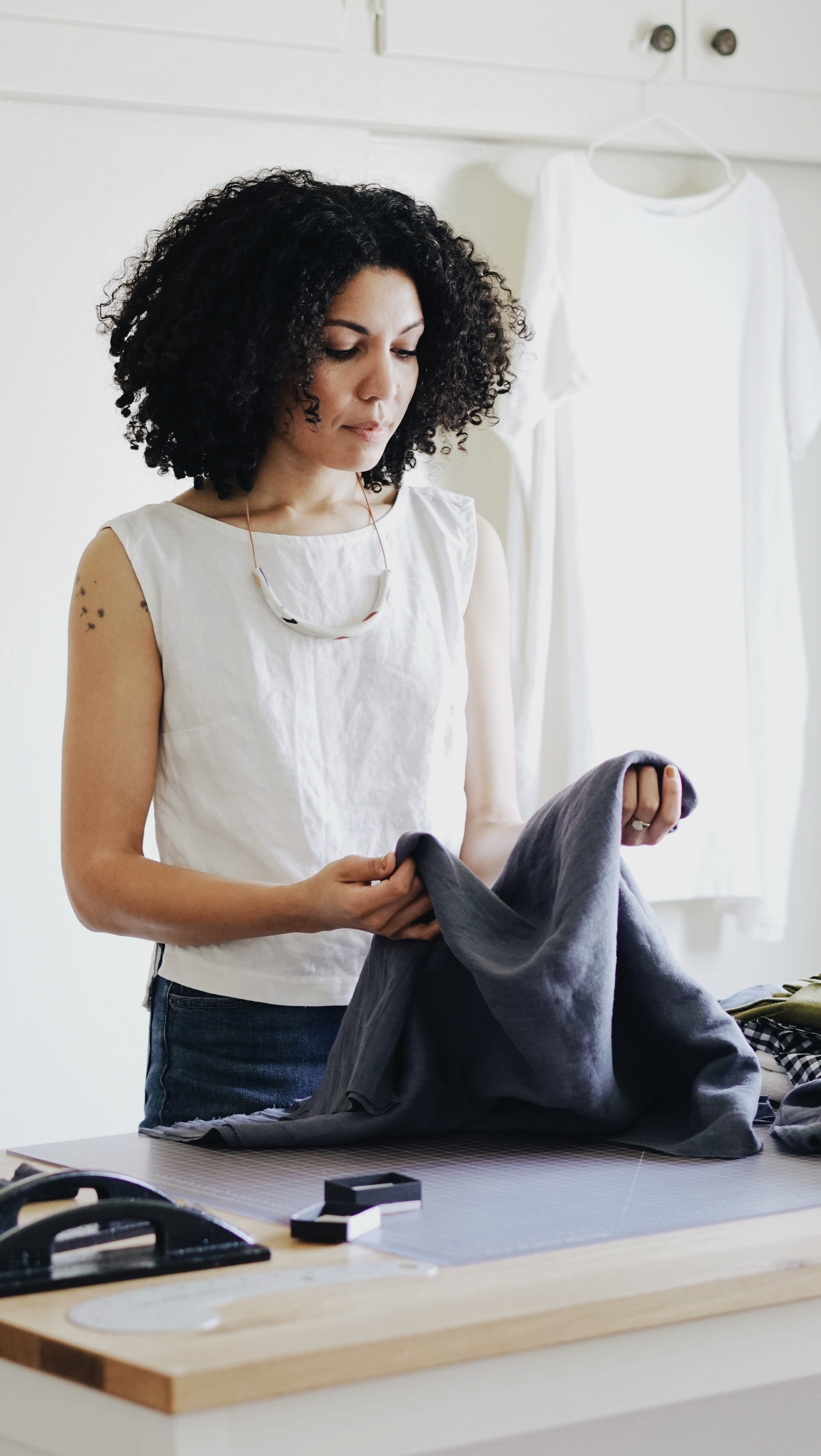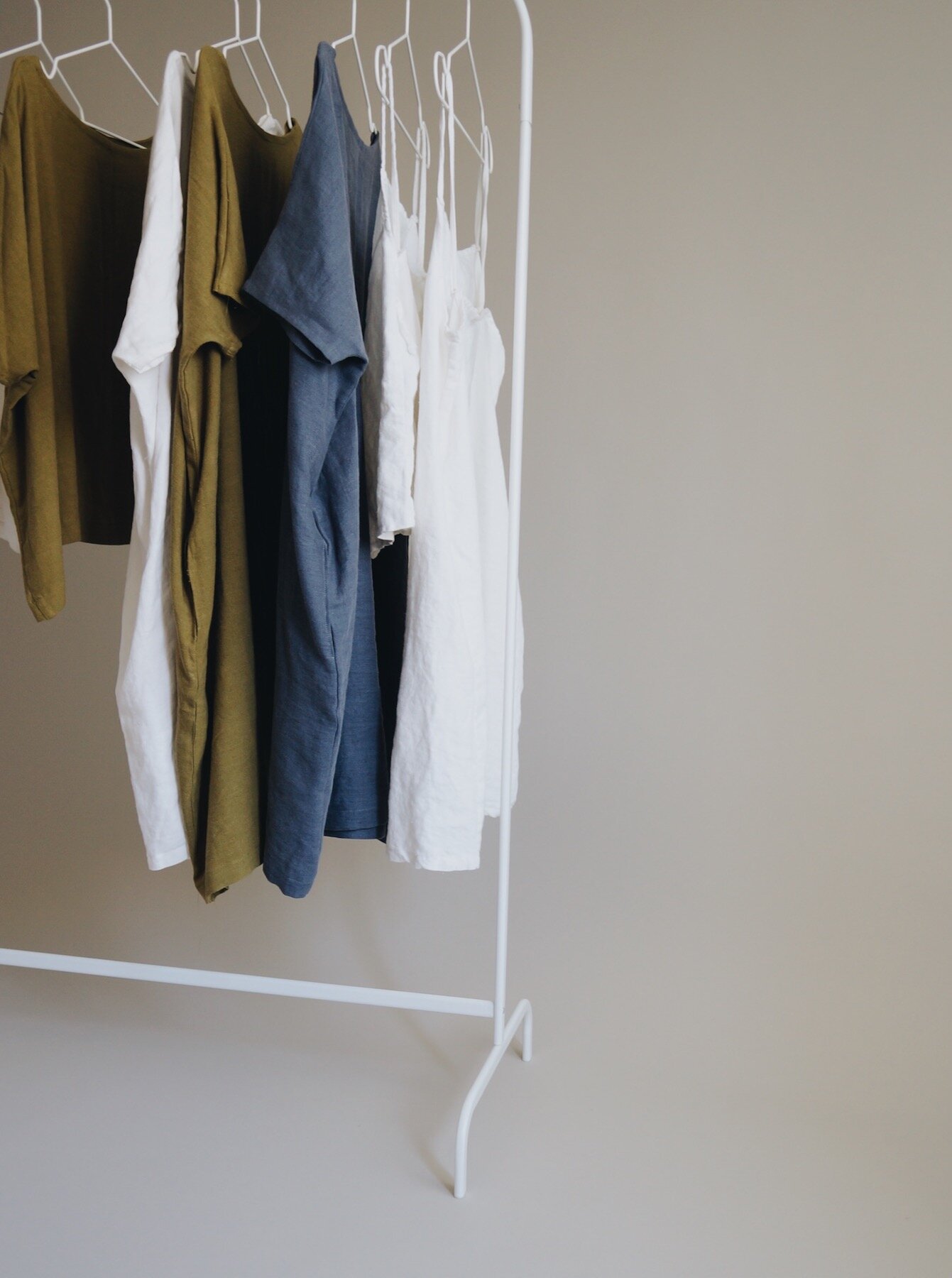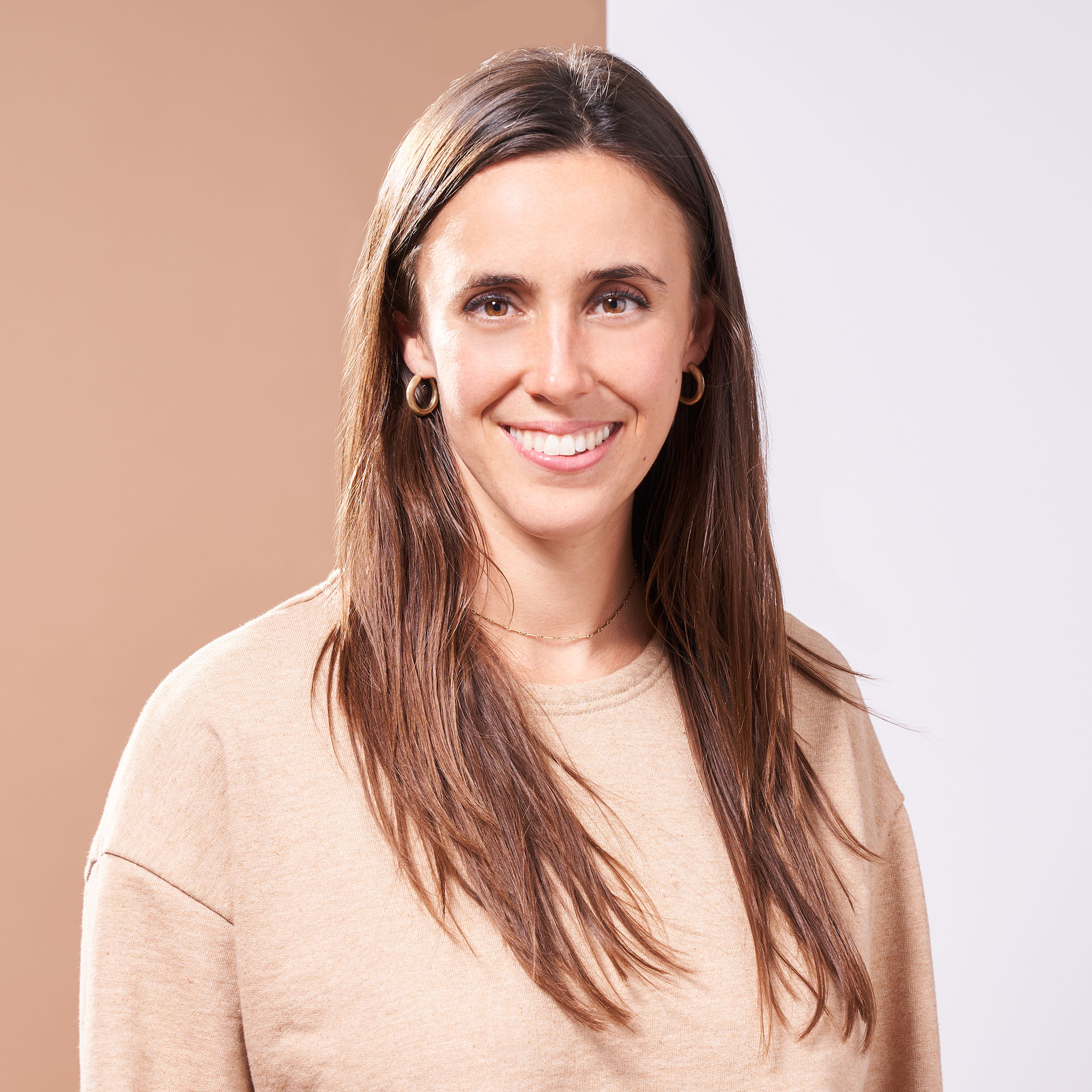*a quick note about diction: I use “knitting” here because it is the medium I am most familiar with, but please, substitute crochet or your preferred making medium. How & what you make with is valid.
We Knit to Care For: Ourselves
If you’ve been knitting for some time, you’ve probably had well-intended friends and family members post links on your Facebook wall about the “health benefits of knitting”. This NYT piece, written in 2016, has appeared at least 4 times on my own personal wall & a handful of other times in my direct messages. And it’s true, countless studies - particularly in recent years - have shown the neurological benefits of knitting. From stress and addiction management to chronic pain, knitting is cited as a key player in recovery and healing. You only need to browse the comments section of any of these articles and it’s clear that the notion of knitting as healing is widespread.
I love that my friends and family members want to help me prove that my, ostensibly sometimes obsessive, interest in knitting is valid - healthy, even! To be honest, in the case of how knitting makes me feel and whether it’s valid that I spend many hours working on it weekly, I didn’t really need scientific studies or NYT articles to back it up, though I appreciate the scientific validation. Chances are, if you’re reading this, you are - at least in some small way - a maker, and you might have a sense for what I’m talking about here.
It’s the feeling that you get when you cast on a new project - the sense that perhaps anything actually is possible - and I don’t mean that in a grand sort of way, just in this simultaneously humbling and inspiring way. You possess these appendages on your body that can turn what is essentially a piece of string into a functional, wearable object. And the cast on is, I think, the most potent time for this realization of possibility. As you progress and this object starts to take shape, you have visible, tangible proof that you are, indeed, very capable. There’s something to that, especially for millennials, and especially in this remarkably digital age. The ability to physically manifest cloth that is practical, warm, and beautiful feels particularly relevant when most of us work on computers, maybe even remotely, on projects that will never have a physical presence in the world. When we exist so much on the internet, these points of contact with the “real” world take on more weight.
Of course, with the incredible diversity of the making community, there comes a wonderful diversity of personal experience and reasons for making, but I’d argue that this diversity is united in commonalities - the way in which we’re all navigating the human condition. We find ourselves drawn to knitting not just because it’s rad to wear something you’ve made (although it definitely is, and somehow even 10+ years into knitting, this novelty has not worn off for me), but because it’s something inherently human. We’re all making sense of our world, processing internal and external events & knitting helps us do this.
In the rest of this series, I invite you to consider your relationship to knitting/making. In essay 2, I’ll look at the ways we use knitting to show our love for our friends and family, and consider the ways that we honor our familial and historical traditions through our craft.
Essay 2: We Knit to Care for: Our Dearest
Have you ever heard the phrase “knitting is my love language”? I assume (correct me if I’m wrong) that this is a riff off the Five Love Languages, a book about how humans express love, written by Gary Chapman in 1995. The love languages, according to Chapman, are: “receiving gifts, quality time, words of affirmation, acts of service, and physical touch”. I’ve thought a lot about this (hello, hi, I’m a huge nerd about knitting and feelings, in case you can’t already tell), and while I think that the act of knitting falls into the camps of gift-giving and acts of service, I think it also deserves its own recognition, because once you’ve made something - particularly knit or crocheted something - by hand, you’ll have an appreciation for what exactly went into that.
Knitting is our love language - it’s an enormous investment of resources, both materials and time. To earn a place in the heart of a knitter, to become a recipient of a knitted object, is a pretty big deal. For most of us, this looks like prioritizing knitting for our dearest - our family members, partners and chosen family. Some of us have beautiful traditions of honoring our family members and family histories with knitting & making. Once such maker is James Davis - a spinner, dyer and weaver from Colorado, who has spoken and written about his introduction to fiber art and his reason for making. James engages with fiber primarily to honor his mother’s memory and build on his family’s woven language. He openly shares his use of fiber to process the grief of his mother’s death and to continue on her legacy.
Knitting objects, whether for yourself or someone you care about, is an act of devotion and dedication. As anyone who’s ever knitted anything knows, it’s often cheaper, and definitely faster, to buy something ready-made. But as makers, we know that this is not the point - there’s something much deeper to be gained by both the maker and the wearer (sometimes the same person) when we slowly and intentionally make by hand.
In the next essay of this series, I’ll discuss the ways we use fiber to care for and connect with our communities and to find our place in our physical and online communities.
Essay 3: We Knit to Care For: Our Communities
In an age when we are increasingly isolated & disconnected from each other, knitting provides a welcome social engagement - both online and off. My firsthand experience of this came when I moved from the USA to Australia. I knew only one person - my former partner - and I am a classically extroverted introvert (you know, capable of extroversion, but generally exhausted by it). Instagram became a critical tool for me to find other knitters and make my place in this new-to-me country. These connections turned to IRL friendships and led me to the fiber arts guilds that exist in Australia. I found suddenly that I had friends spanning generations - which was the opposite of my everyday/work life, where I mingled almost exclusively with other 20-30 somethings. The guild became a deeply important part of a move I made to Tasmania, where for 2 years I attended weekly meetings of the Handweavers, Spinners and Dyers’ Guild, and made some of the closest friends I have - most of whom are 30+ years my senior. It was there that I learned to spin wool for the first time, and caused a lot of scandal with my wool knit knickers during one particular show-and-tell.
In addition to the ways we find our communities in-person and online, knitting plays an important role in creating dialogue amongst communities regarding socio-political and environmental issues. These projects are commonly known as “craftivism” - a term coined by Betsy Greer, and they range in size/scale and craft medium, but in general work to bring awareness within communities of important or ongoing issues. Perhaps the most recognized of these is “yarn bombing” - a method of graffiti art employing yarn in place of chalk or spray paint. Yarn bombers have created pieces with all sorts of motivations - from raising awareness of human-induced climate change (ie WARM, an installation piece created by SEAM Inc. (Sustainable Environment Arts Movement) & largely facilitated by Georgie Nicholson of Tikki Knits) to simply aiming to put a smile on your face. Jane aka Queen Babs, is a prominent yarn bomber based in Redfern, NSW. I first met Jane when she “love-bombed” me, handing me a heart she crocheted, with the message “You are loved” tied to it, offering me a hug. The more familiar I became with Jane’s work, the more I appreciated it - the way she engages her community, both her craft community and her physical neighborhood. Her dedication to encouraging warmth and acceptance in Redfern is palpable.
We engage with our communities through our craft, whether we mean to (yarn bombing) or not (knitting in public). Every time we knit in public, we invite our wider communities to consider what this act means, to consider their assumptions about who knits and why. We engage with our communities in so many ways when we craft.
In the next (and final) essay of this series, I’ll explore our engagement with our physical environment through knitting - in other words, the intersection of environmental sustainability & craft.
Essay 4: We Knit to Care for: Our Planet
Perhaps the nexus within making I find most interesting and complex is that of sustainability and craft. This piece will just scratch the surface of this topic. To date, we’ve talked about the ways we care for: ourselves, our families, and our communities through our craft, and my hope is that we’ve begun to go deeper into the “why” behind our making.
My intention with this series is to invite makers to consider their relationship to making through a broadening lens, beginning with the self & ending with the biggest possible lens (at least I think, unless interstellar making is a thing and I’m just not aware of it yet?), our planet, and the impact our craft has on it. Today, I’m going to focus primarily on sustainability from an environmental perspective, though I think it is equally, if not more, pressing to consider the social/human sustainability perspective - but that’s a whole other series in itself.
Every time we choose to make something with our hands, we are subverting the cultural norm of convenience and instant gratification. This, in itself, is an act of defiance of an environmentally-unsustainable model that is commonplace presently. I see this as such a beautiful vehicle for change - the joy that compels us to make has, perhaps even unintended, positive consequences of giving the maker time to consider their relationship to the environment and the object, among others.
It’s almost inevitable, too, that the deeper you go with making, the more you begin to understand and become curious about the whole process - how your base materials made their way to you and how you might begin to make those materials yourself. For example, it is common for knitters to become interested in spinning (the production of yarn) This brings the maker even closer to the beginning of the supply chain. The closer we are to the beginning, the more control we have over the process and the more awareness and intentionality we can bring to sourcing materials and producing our own garments.
Making our own clothing is a way of engaging with Slow Fashion. While buying Ready-to-Wear items is a reality for almost everyone, makers are positioned uniquely to bring fashion closer to home - whether that means knitting up a sweater for the upcoming winter, or learning to spin wool so that eventually you can knit a garment for you or a loved one. We have this opportunity to get curious with our craft: to really dig deeper and ask questions. Where did this yarn come from? What is the fiber content? Does it contain harmful chemicals or plastics? (somewhat shockingly, a lot of yarns do - but again, that’s another conversation for another time ;))
When we place a lens of curiosity on our craft, we get a chance to go deeper and really ask the questions that mean something to us. And we get to decide how we want our values to shape our work - and that, I think, is a special and powerful place to be.
Written Oct 2018




















